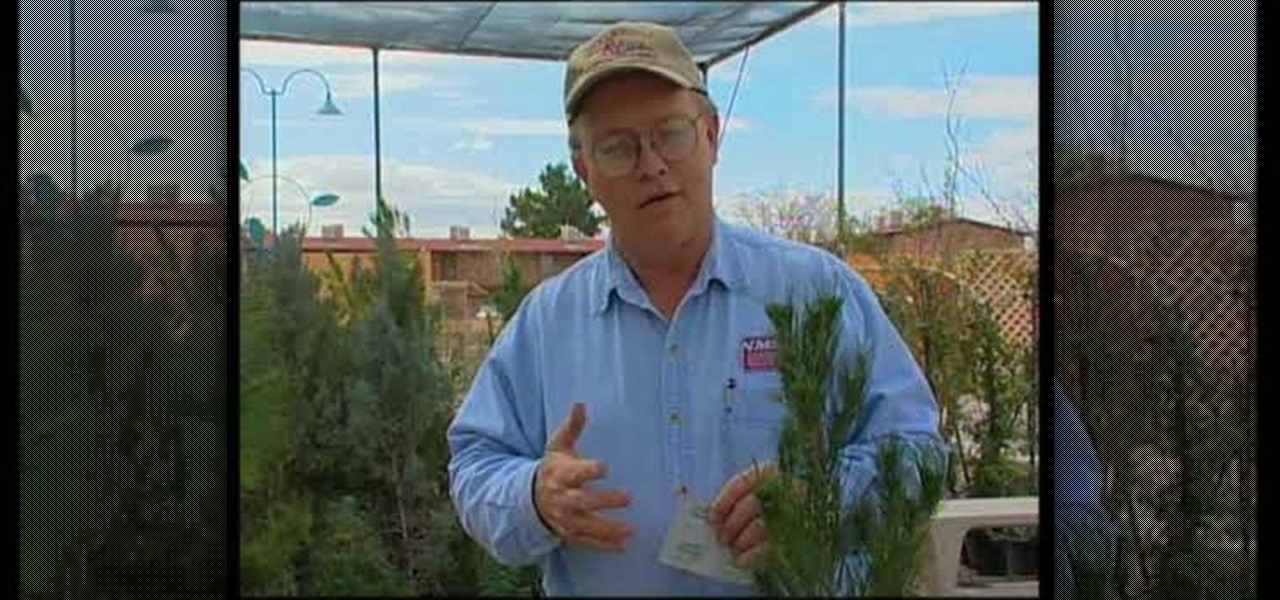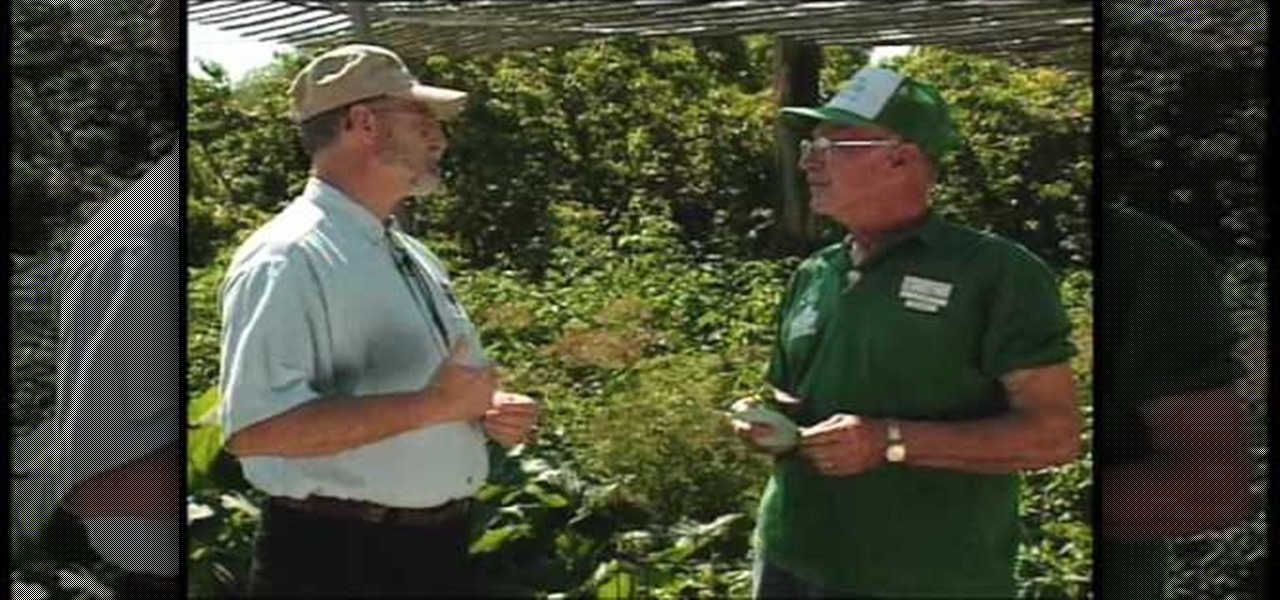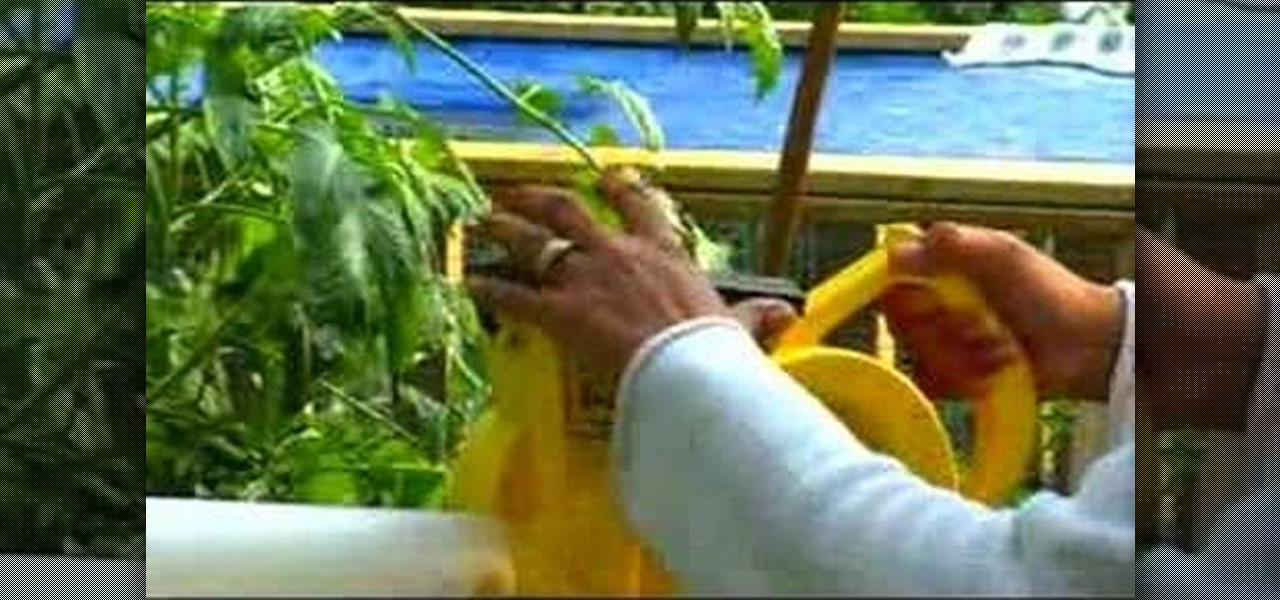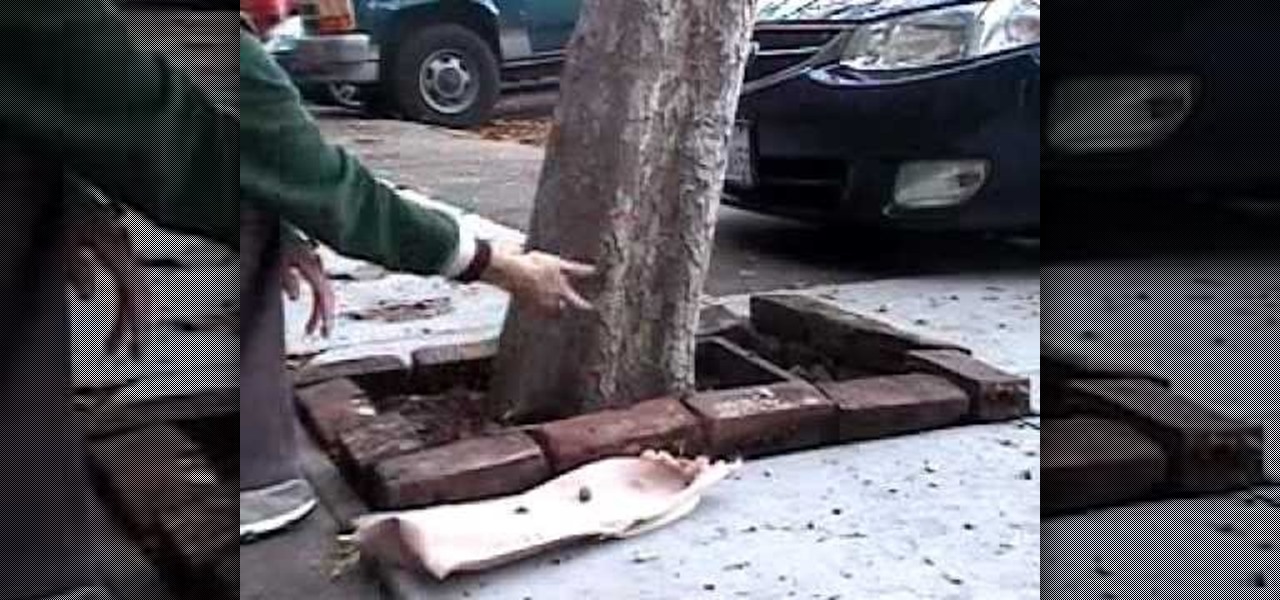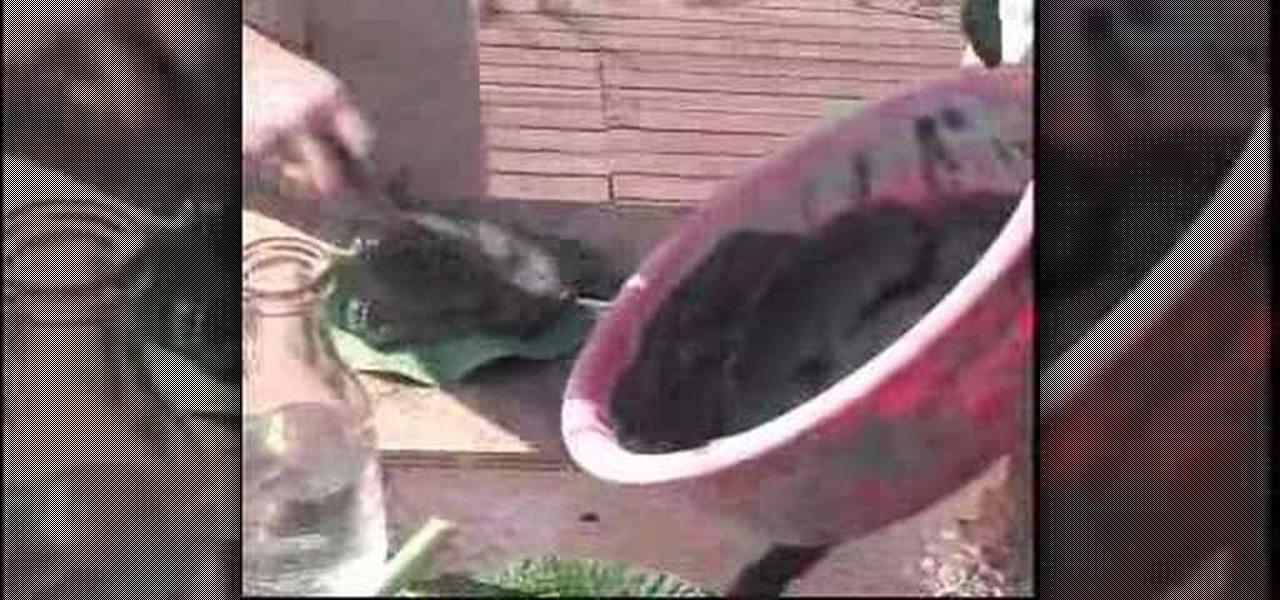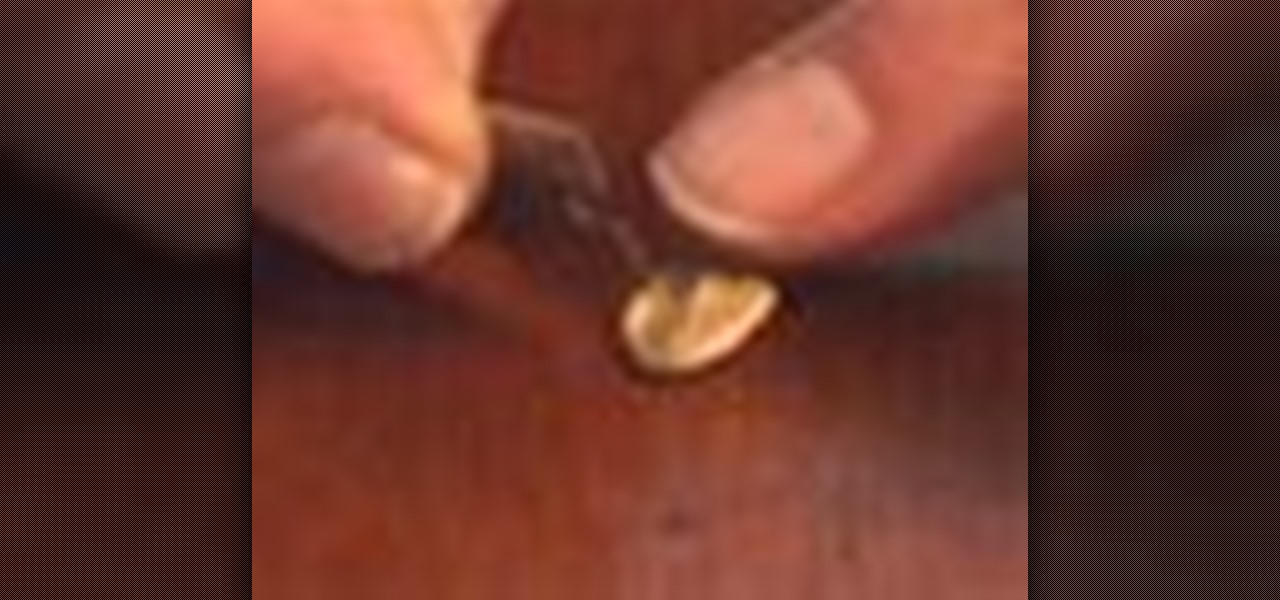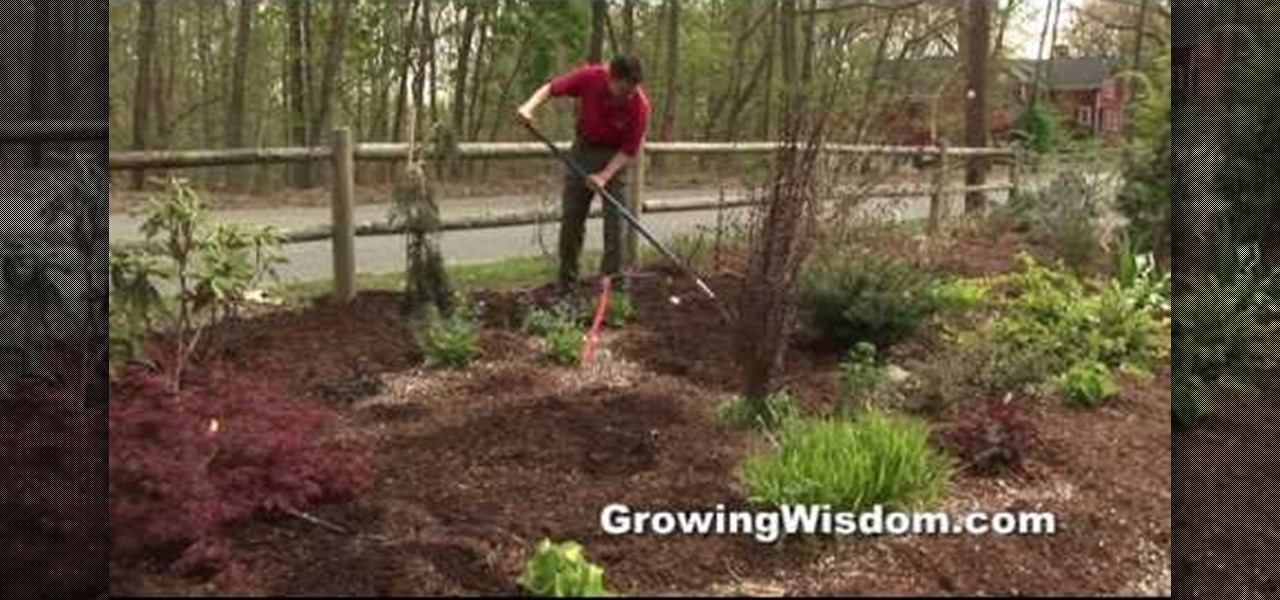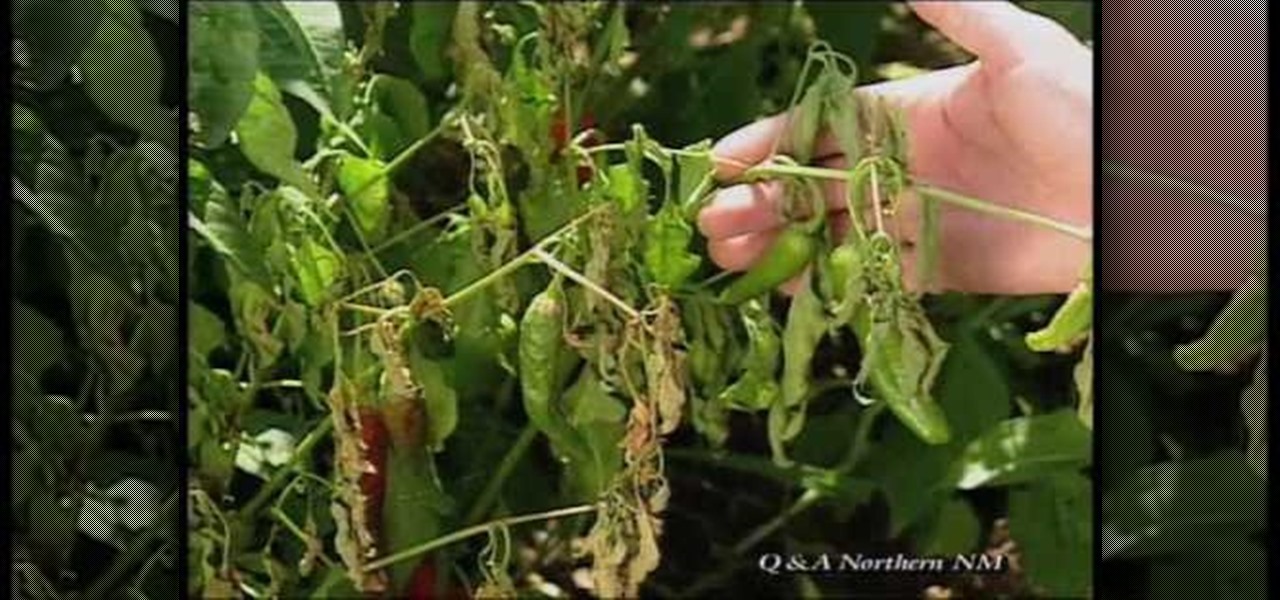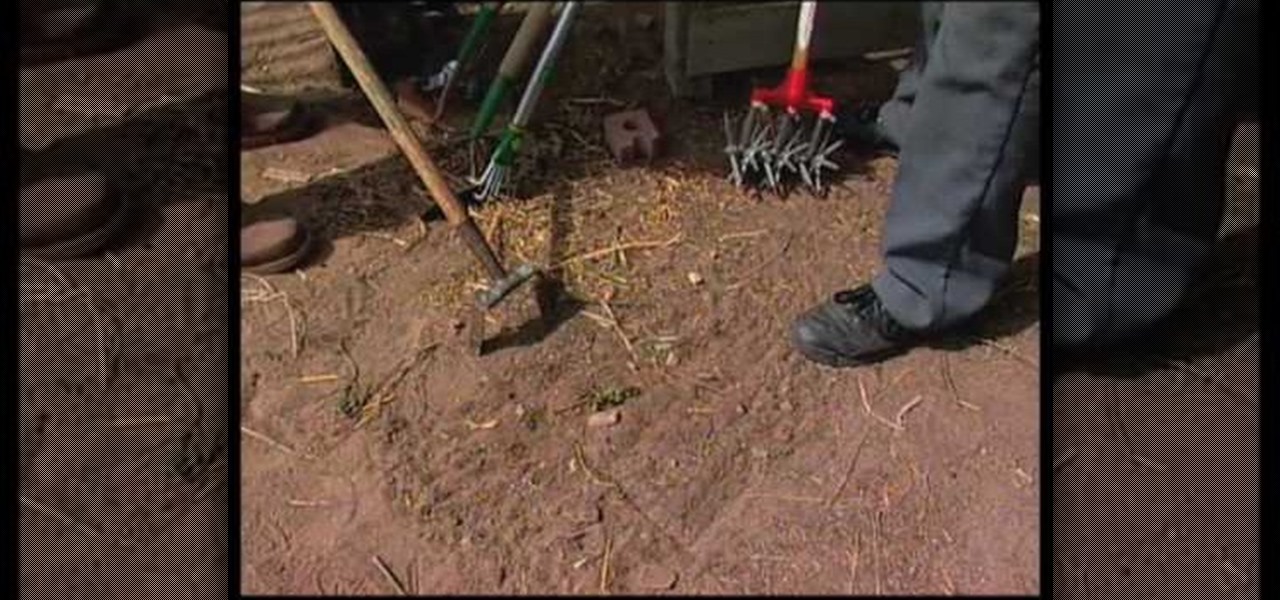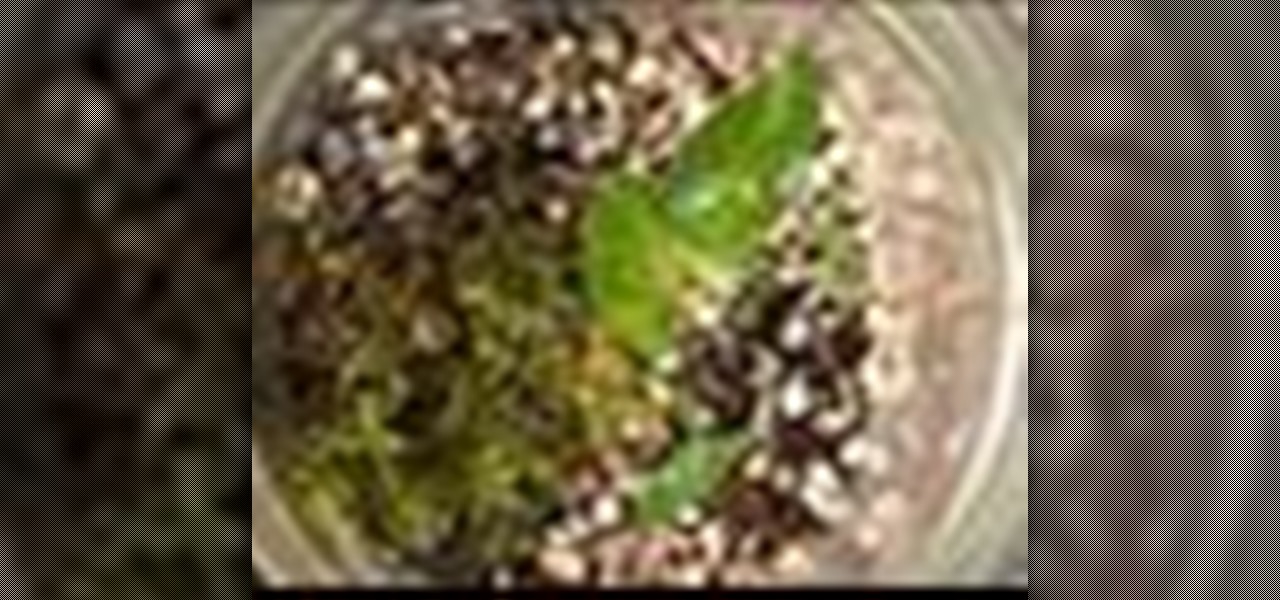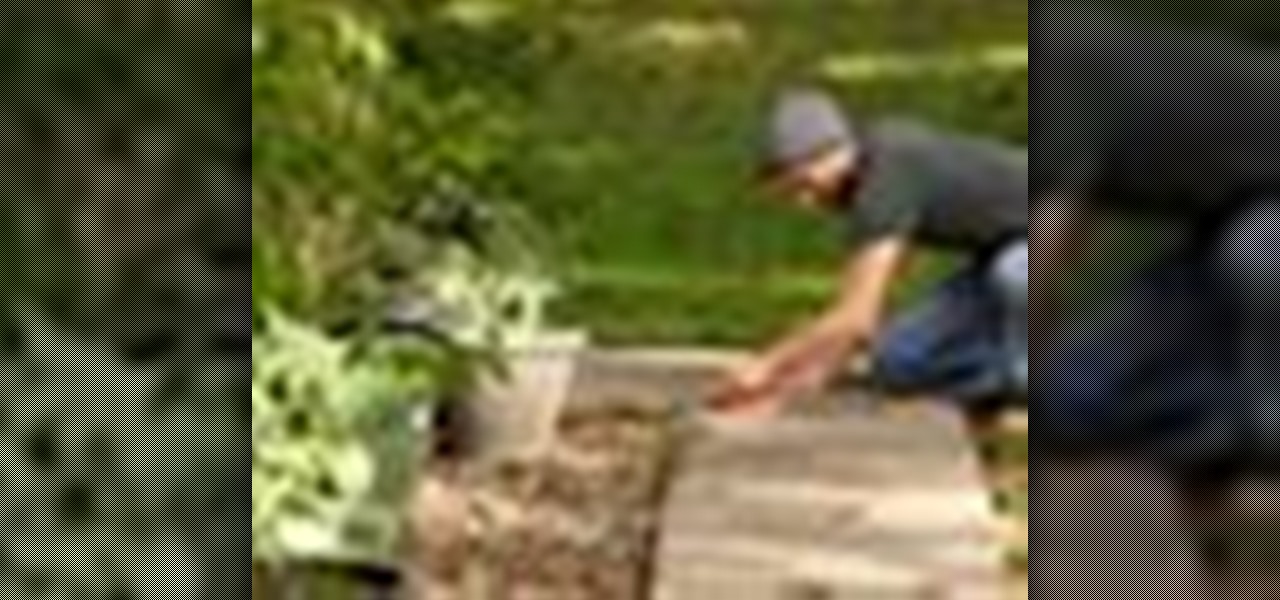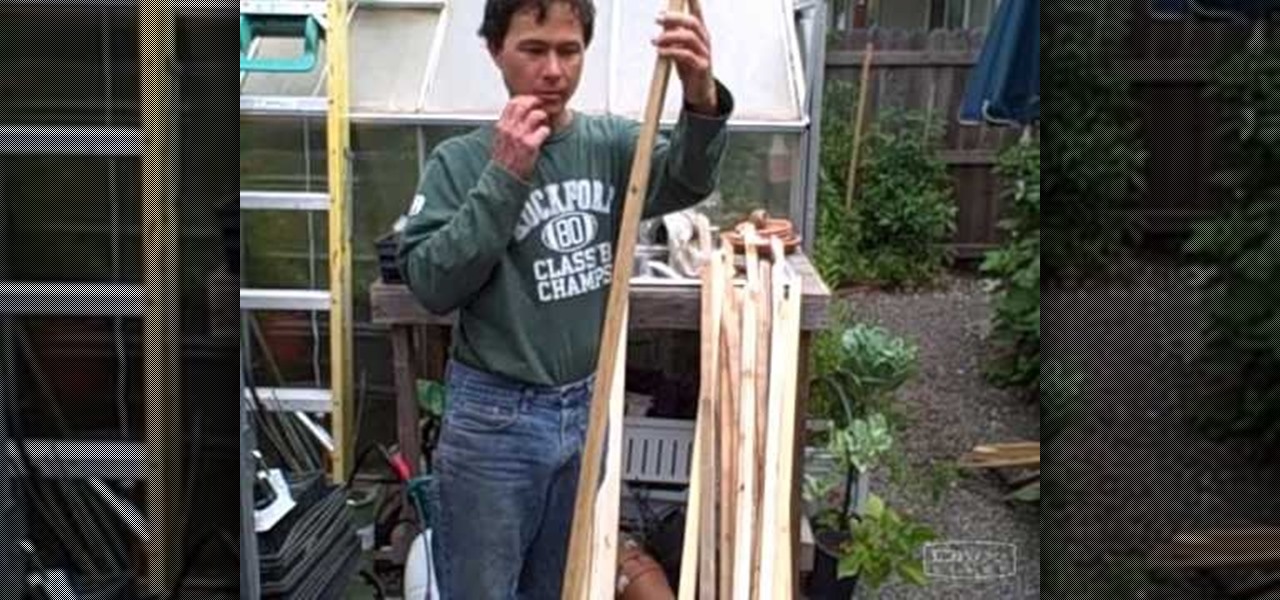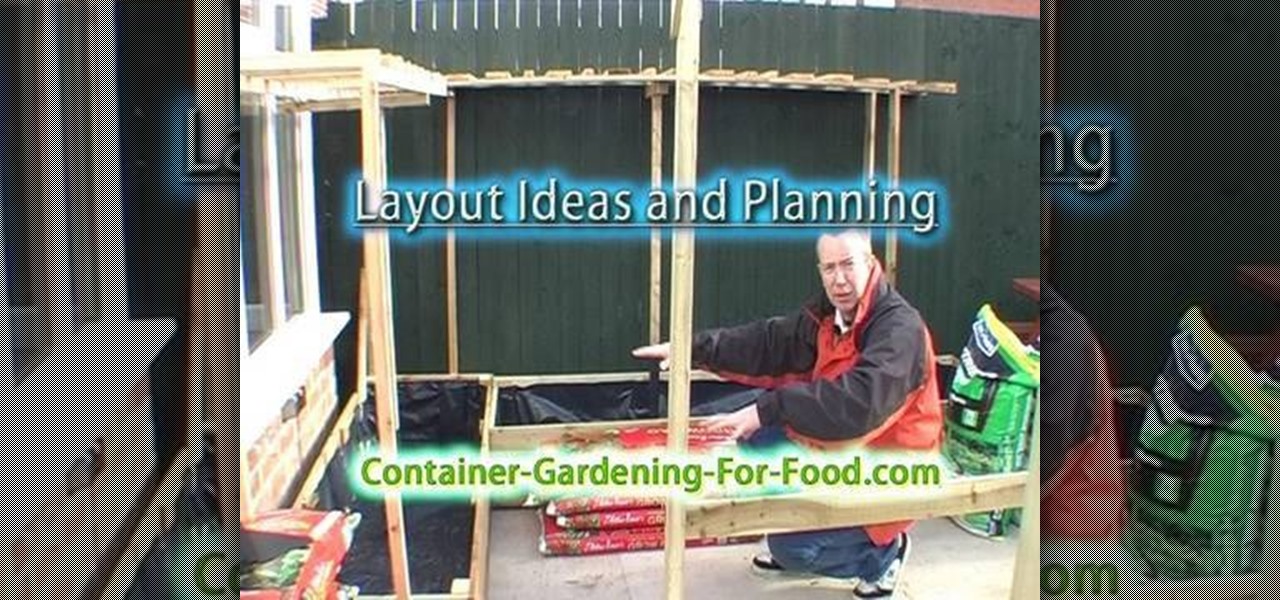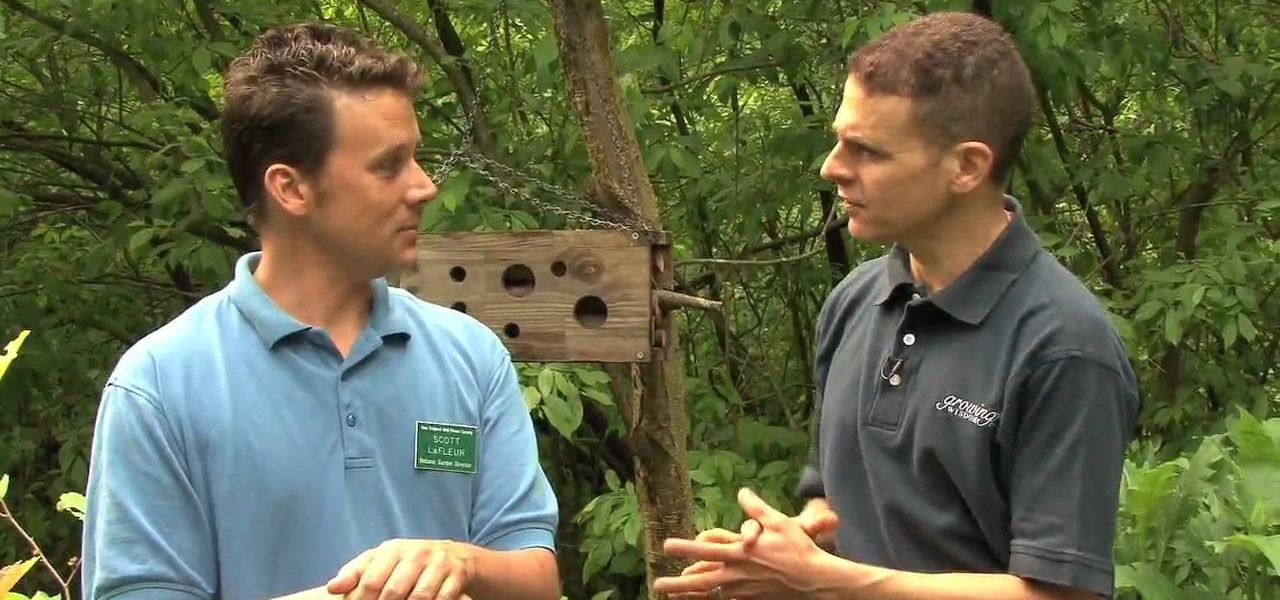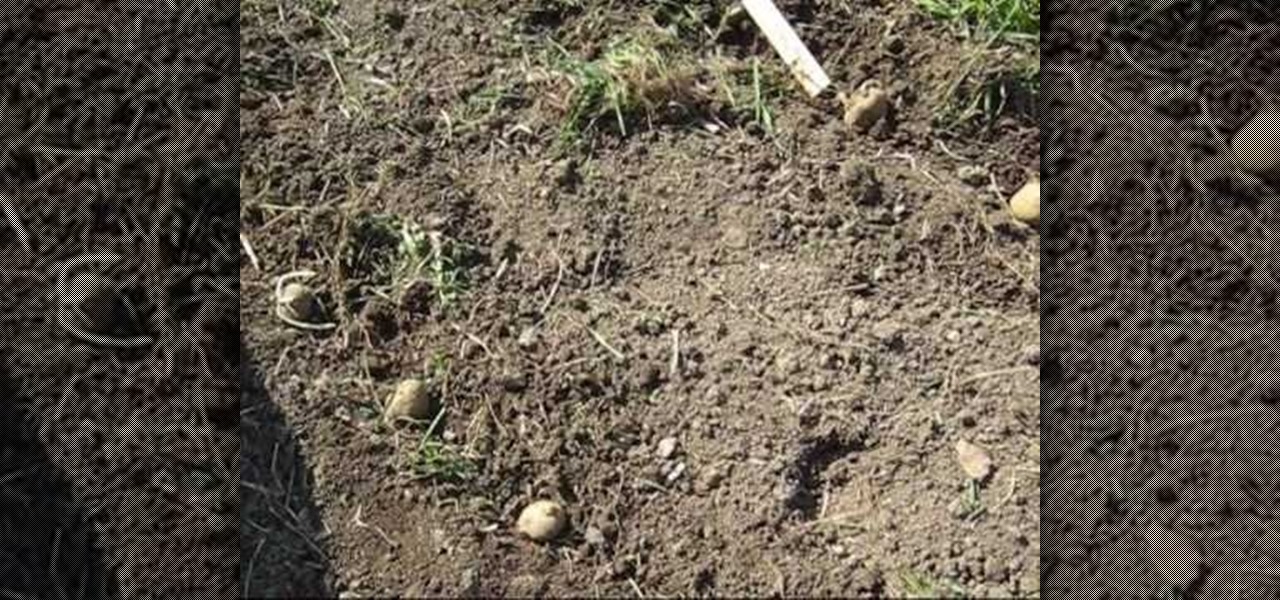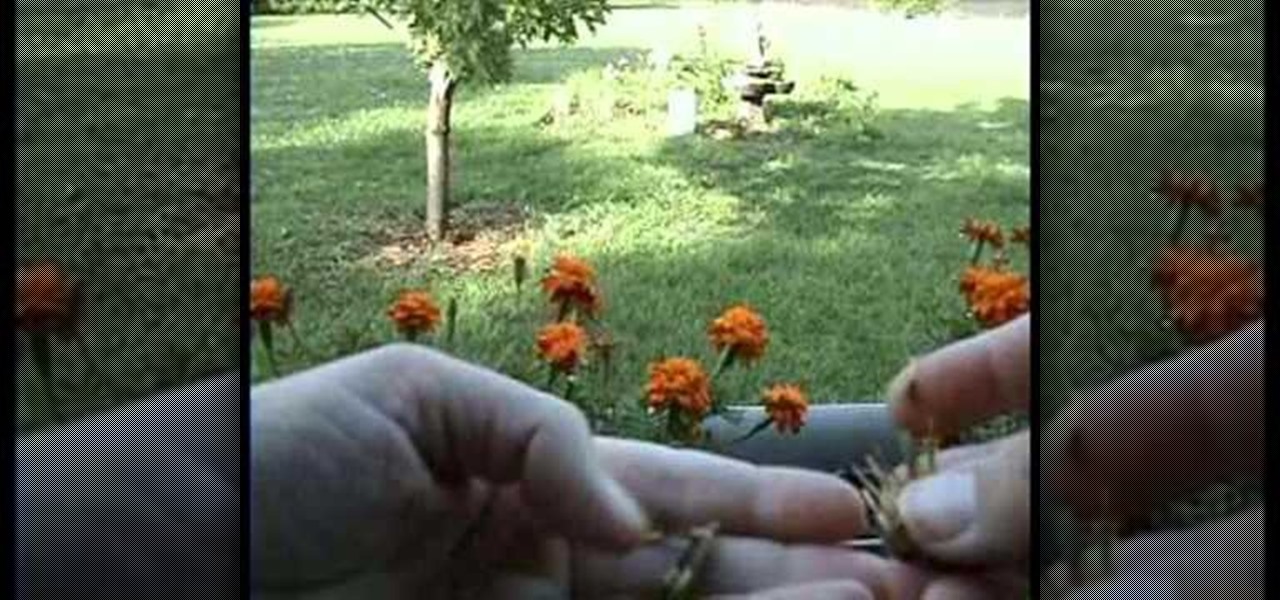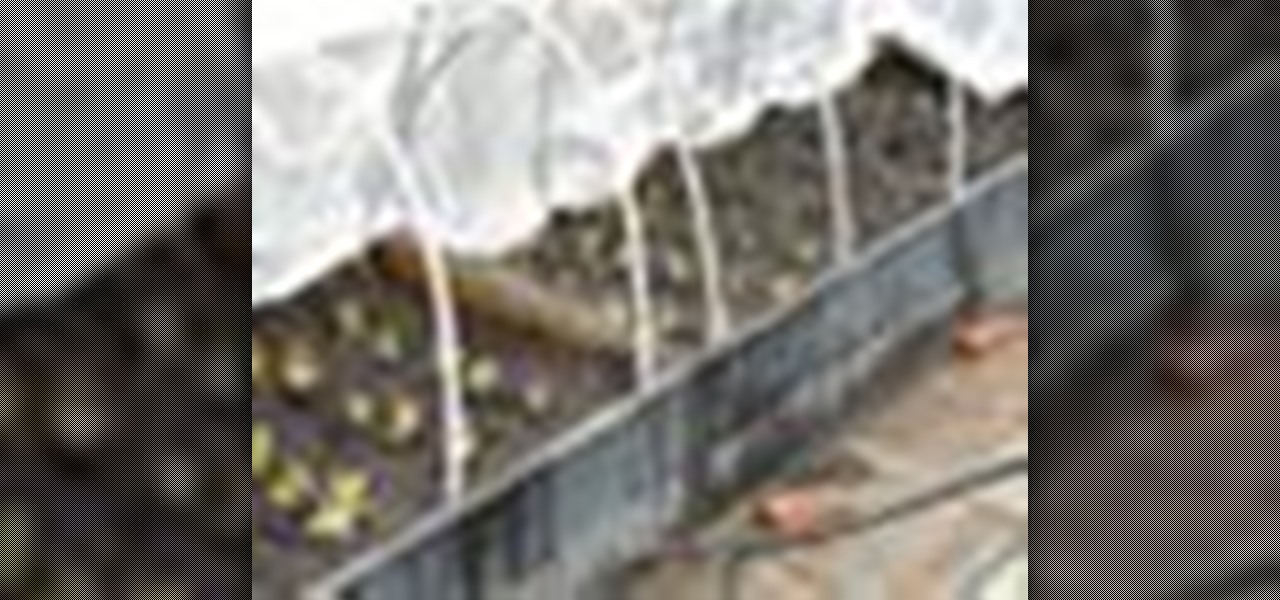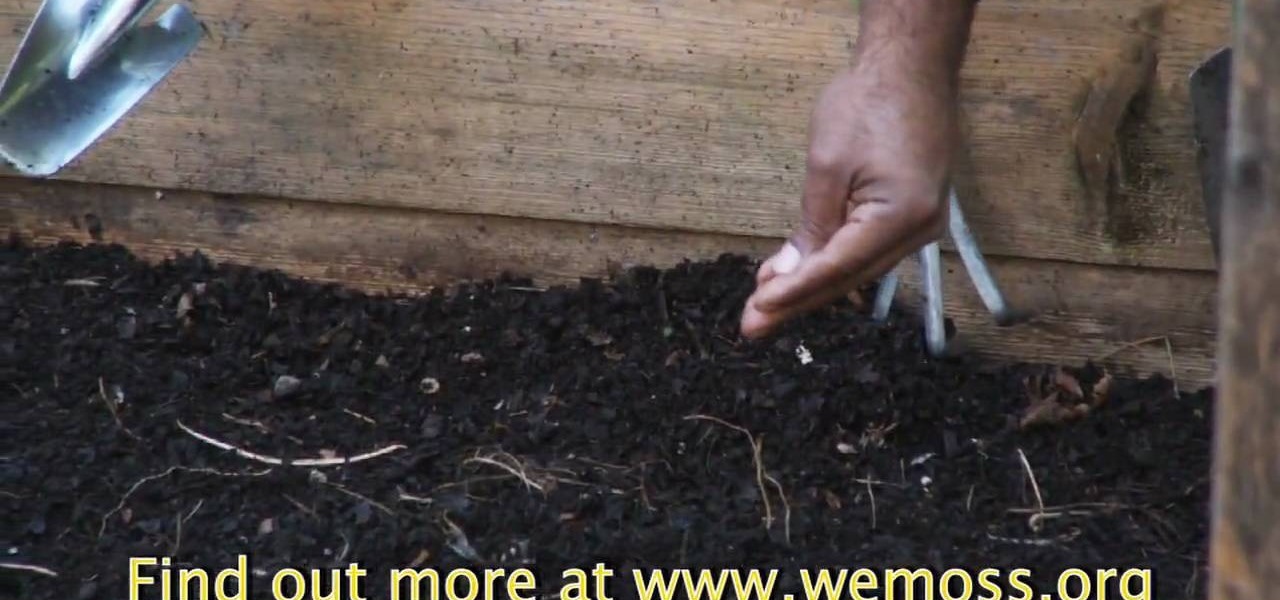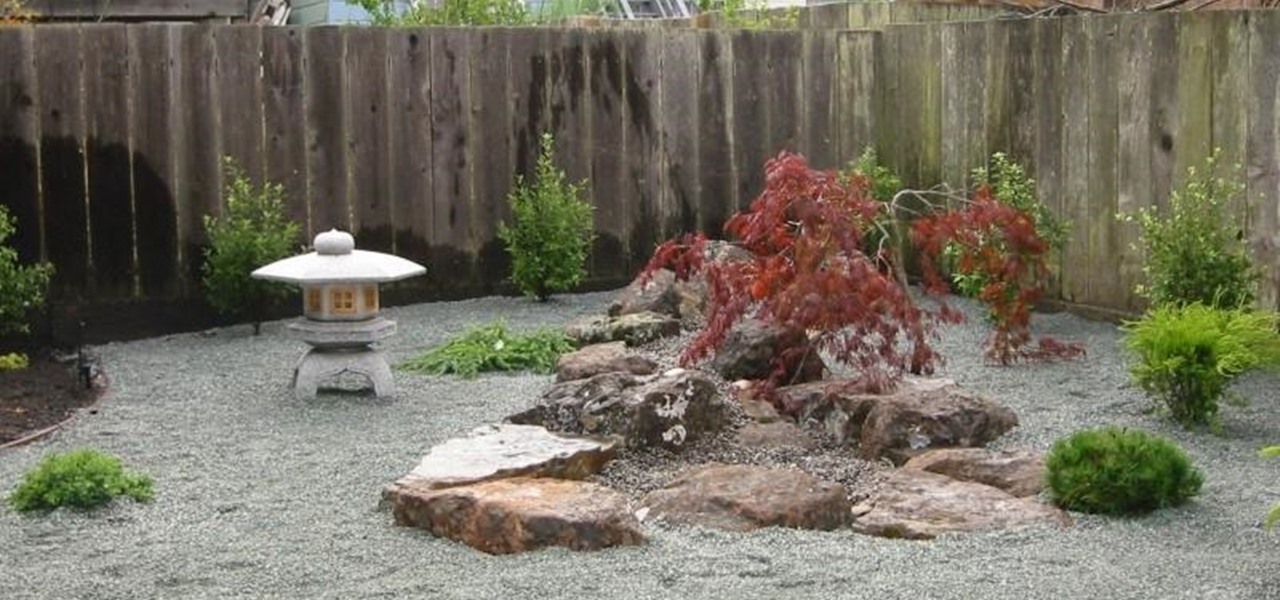
So you've decided to transform your drab backyard into a Japanese Zen garden. You've made the right choice. Yes, tire swings and crab grass can slowly kill the soul. That being said, a bit of planning lies ahead. This article offers a list of How To tips, culled from the Landscape Network and other professional Japanese style landscapers, for planning an effective Japanese style landscape in your home. Step 1: Research.

Turning over your soil mixes the nutrients and makes the ground more suitable for planting. Watch this video to learn how to turn over soil.

The key to a successful indoor hydroponic garden is in both irrigation and lighting. This video can't help much with the irrigation, but if you want to decide what the best lighting systems are, this video is for you! There are a wide variety of bulbs and power sources that you can choose from when constructing your own hydroponic grow operation. The key is wattage, and the more wattage you can get out of your bulbs, the better your garden will be.
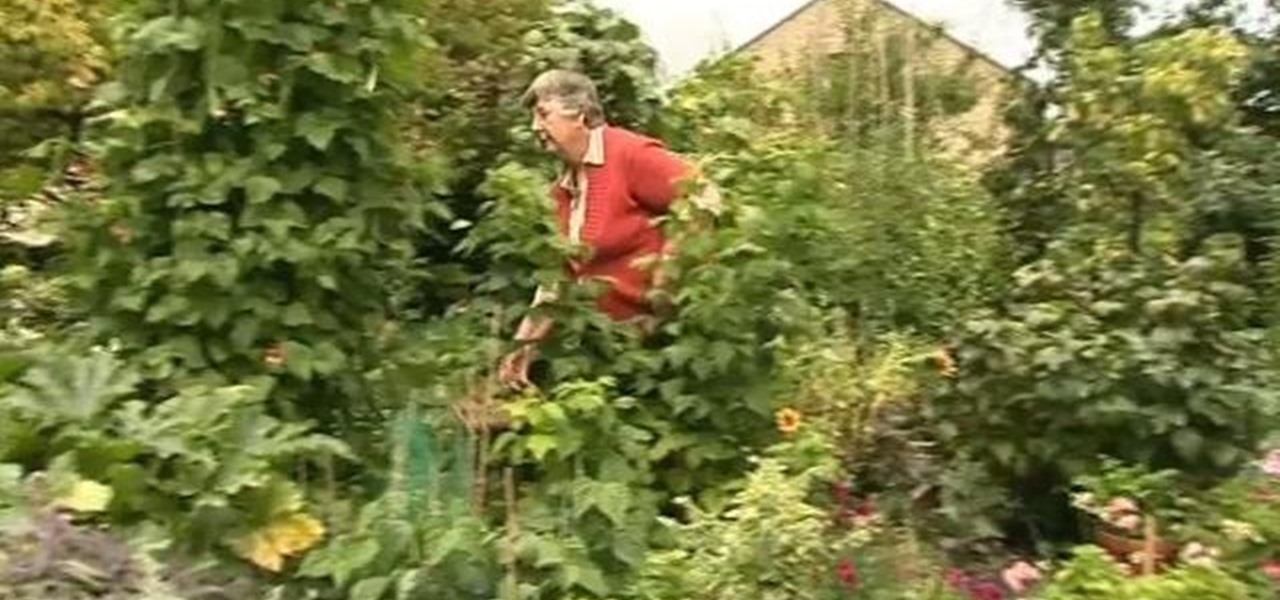
While organic gardening might sound like a complicated endeavor, you'll find it's actually considerably less trouble to work with nature than to constantly fight against it. This green gardener's guide from the British National Trust presents a primer on the subject. For more information, and to get started creating your own organic flower or vegetable garden, take a look.
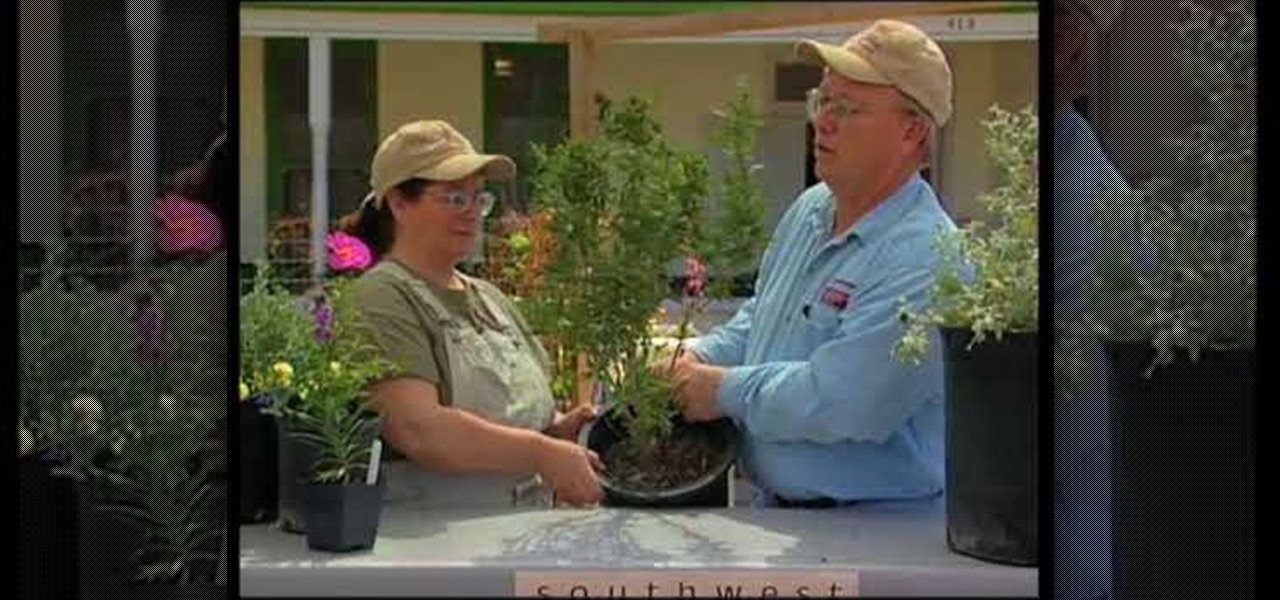
This video makes suggestions in how to choose colorful flowers and shrubs in your garden. Bowle’s Mauve is a purple flowering plant that will grow and bloom until fall. It will become bushy. Another colorful choice is the Rock Rose, a pinkish flower. The Blue Salvia has blue flowers. A Bank’s Rose, only bloom for a short time. It has yellow or white flowers. Aphids tend to attack it, but it is hearty.

Southwest Yard and Garden teaches viewers how to prepare garden soil for planting. You can use compost to work this into your soil. You can make your own compost and you can also buy compost. First, you can use a flat bladed spade or a sharp shooter spade to double dig your garden soil. First, you should dig double deep into the soil and turn the soil to the side. What you want to do is dig a trench. Go back to the beginning of the trench and dig a second depth. You will want to get below the...

In this Home & Garden video tutorial you will learn how to care for your garden In March by applying insecticides. John White presents this video. During this time roses get a good growth and along with growth come aphids. For tackling aphids you can a variety of insecticides. One such insecticide is called Rose Defense whose main ingredient is ‘neem’ which comes from the neem tree. You can also use Rose Food insecticide. This is also the time to fertilize rose plants since they will be getti...

This video explains how to build a shaded vegetable garden. The instructor begins the video my explaining the benefits using a shaded garden as it offers protection from hail, heavy rains and gives you the ability to control the outdoor temperature better. The simplest way to build your shaded building is to place large wood forms into the ground and place wood planks over the top of each and nailing them into place. The entire frame is then covered with a plexiglass roofing to keep out rain ...

When it comes to pest control, why work against nature when you can just as easily put it to work for you? In this insect control how-to, you'll learn how to use fossilized algae ("diatomaceous earth" for the highfalutin) to keep bugs away from your organic garden the easy, natural way.

This how-to video demonstrates how you can build your very own seedbombs using clay, fertilizer and seeds (naturally). These "bombs," in turn, can be thrown in hard-to-reach or otherwise inaccessible places, creating green where there once was none. Get started guerilla gardening with this tutorial. Just add rainwater.

This video is an outline of the equipment and steps necessary to build your own DIY hydroponic garden.

Did you know that you can grow beans in your garden just by buying ordinary packs of soup beans at your local grocery? Once you start growing beans, you can keep growing them for a lifetime--just keep the seeds around. Soon beans will be sprouting in your garden every year!

Host Brenda Lo, from Lowe's Creative Ideas demonstrates, in this informational video, how to create an outdoor water fountain. Brenda details the entire process, listing the tools and supplies you will need to complete this great do-it-yourself project in just one afternoon with easily obtainable materials. This video is great for the DIY beginner or experienced professional looking for a new project idea for your outdoor garden. do-it-yourself, and save time and money with these great tips.

The EcoGarden is designed to give back to nature and show people how easy it is to go green in their own backyard. All you need to remember is to plant, feed and protect to grow your own sustainable garden. This how to video teaches you how to care for your beautiful and eco friendly garden.

Heirloom tomato seeds are easy to dry at the end of the season so that you can plant your favorites in the garden next year. Saving seeds of heirloom tomato plants will let you control the plants you grow next year. Watch this Gardening how-to video and learn how easy it is to save the seeds.

Making your own garden art is easy. We have a way to preserve your best garden leaves in cement.

You've worked hard to get your garden in shape— the tilling, the planting, the watering, so when pests and weeds threaten your garden, you'll want to take action. But if you don't want to use chemicals, there are effective organic alternatives. Lowe's has the advice you need for keeping those unwanted enemies out.

Most seeds have a thick outer shell meant to protect the soft inner seed. 'Nicking' is a gardening technique to remove the outer shell so the seed will germinate faster in your garden after planting. You can use water, sandpaper, a nail file or even sulfuric acid to nick your seeds.

Interested in making and using your own compost? Fortunately, as this home gardening guide from the British National Trust demonstrates, it's quite easy to do. So easy, in fact, that this gardener's guide can present a complete overview of the process in just under four minutes' time. For details, and to get started making your own rich, fertile soil from your own garden and food scraps, take a look.

Spring is a great time to put down mulch. Dave Epstein helps you figure out whether yours needs replacing this spring and, if so, how much to put down. Mulch improves the look of your garden bed, keeps weeds down and keeps moisture in the soil. You want to be careful not to add too much soil as it can keep moisture out and rain or water will not be able to reach the soil.

This video answers some questions on how to identify some of the problems that occur in vegetable gardens: for example, if there are missing leaves on your tomato plant, then it is an indication that they are being eaten by something. In some cases, this pest is the Tomato Hornworm. The Mosaic Virus and Curly Top and Tomato Spotted Wilt also attacks tomato plants.

This is a "Southwest Yard and Garden" episode that details the proper selection of gardening tools for fighting seasonal weeds. Horticulturist and host Curtis Smith takes us to meet with Ron Jobe, an Albuquerque Master Gardener, to discuss the options available for such a task. Ron covers the various conditions a gardener is faced with, including the soil and the weeds themselves. Some suggested tools are: the Wing Hoe, Skimming Hoe, Raker, Pointed Hoe, and Stirrup Hoe. The use of each is off...

Build an indoor garden or a terrarium. All you need is gravel, soil, plants and a container. You can also add seashells and gnomes to mix it up.

Think you might like to cultivate mushrooms in your home garden? It's not so difficult as you might imagine it to be. And this gardener's guide from the folks at Growing Wisdom will walk you through the process from start to finish.

Moss can be a beautiful part of natures, but it can also wreak havoc on your roof shingles or garden plants and rocks. If you've got a moss problem, watch this video for some easy ways you can solve them.

Fuschia flowers are very pretty, and they aren't too hard to grow if you've got a nice garden to work with. Watch this video for all kinds of tips on caring for Fuschia plants, like when to deadhead them and when to start and stop adding fertilizer.

During the winter and freak weather events in spring and fall your garden can take a beating from frost and excess cold. Watch this video to learn how you can protect your plants and flowers during the cold so they are healthy and ready to grow when the weather improves.

Moths are usually pretty harmless, but the Gypsy Moth is an exception. They can defoliate an area with astonishing speed, and if you see them in your garden you need to take action immediately. Watch this video to find out how.

Skunks aren't popular anywhere, and no one wants to risk getting sprayed by one. You can keep skunks at bay by using garbage cans with tight-fitting lids, setting up cage traps and installing floodlights and a sprinkler system in your garden.

Keeping your garden tomatoes free from pests and insects is no easy task. Luckily you don't have to spend a lot of money to help your tomatoes grow to be their best. Staking your tomatoes will lift them off the ground, away from pesky insects, and protecting them from pests. In this video you'll learn how to make your own garden tomato stakes with cedar or redwood fence boards, which will save you a lot of money in the long run!

This video offers a lesson in how to plan and lay out a small container garden for maximum yield. It's easy! So easy, in fact, that this gardener's guide can present a complete overview of the process in just under five and a half minutes' time. For more information, including step-by-step instructions, watch this video guide.

If you want to protect your garden from pests, the sun, or even the harsh winter months, then applying a row cover is a great idea.

In this next gardening tutorial, you're going to find out how to plant your very own potatoes from scratch. It's a great way to save money and make sure that you a veggie that isn't covered in any sort of chemical.

If you call the woods your backyard, then this next tutorial is for you. If you want to make something that all animals and insects can benefit from, then build a habitat garden. Not only can it offer food and nourishment, but it can also be a place that can be called home for many animals.

If you live in a small apartment or condo unit, you have a very small amount of space to grow or enjoy plants. If you're looking for a good solution to adding some green to a balcony or window seal, this video may be for you. In this tutorial, you'll find out how to easily make a hydroponic garden using a pvc pipe. Check it out, good luck, and enjoy!

Interested in planting potatoes? Start a self-sustaining garden full of veggies you can take from your garden, straight to your dinner plate. Plant potatoes 8 inches apart and about 4 inches deep. When the plants grow about 6 to 8 inches tall, start to hill up the sides. Learn more about how to plant potatoes yourself from this video presented by Homestead Acres.

Marigolds are a beautiful addition to any garden and a pleasure to to plant. Plant your own marigolds by harvesting marigold seeds with help from Garden of Imagination. Learn everything you need to know about harvesting these seeds right here.

Having a raised garden bed is great in the city because you can fill it with good soil and create a healthy environment for your plants. Install a hoop house made from PVC pipe. To build the raised bed, use 2x10x8 lumper. Predrill the holes at the corners to make it easier to assemble. Butt the ends together and use exterior deck screws to assemble it. If you want the raised bed higher, build another box the same size and stack them. Fasten a wire screen onto the underside of the frame to ke...

While ready-to-go seedlings have their place, it's also useful (and considerably cheaper) to know how to start your own seeds, which is where this free gardening tutorial comes in: with it, you'll learn how to germinate your own seeds for planting in your garden. Specifically, this tutorial looks at how to start tomato seeds.

This video describes how to have a raised garden bed. You can use your raised garden bed for most all vegetables. They are using this one for winter vegetables and early spring ones. A good hint was to line 3 seeds up end to end and that is the depth you need to plant them. Lettuce was the vegetable that was shown. Thinning out the bed is very important as not to crowd the plants. A point made was that you can eat the ones that you thin out or use them in a compost pile. Keeping the seedlings...








